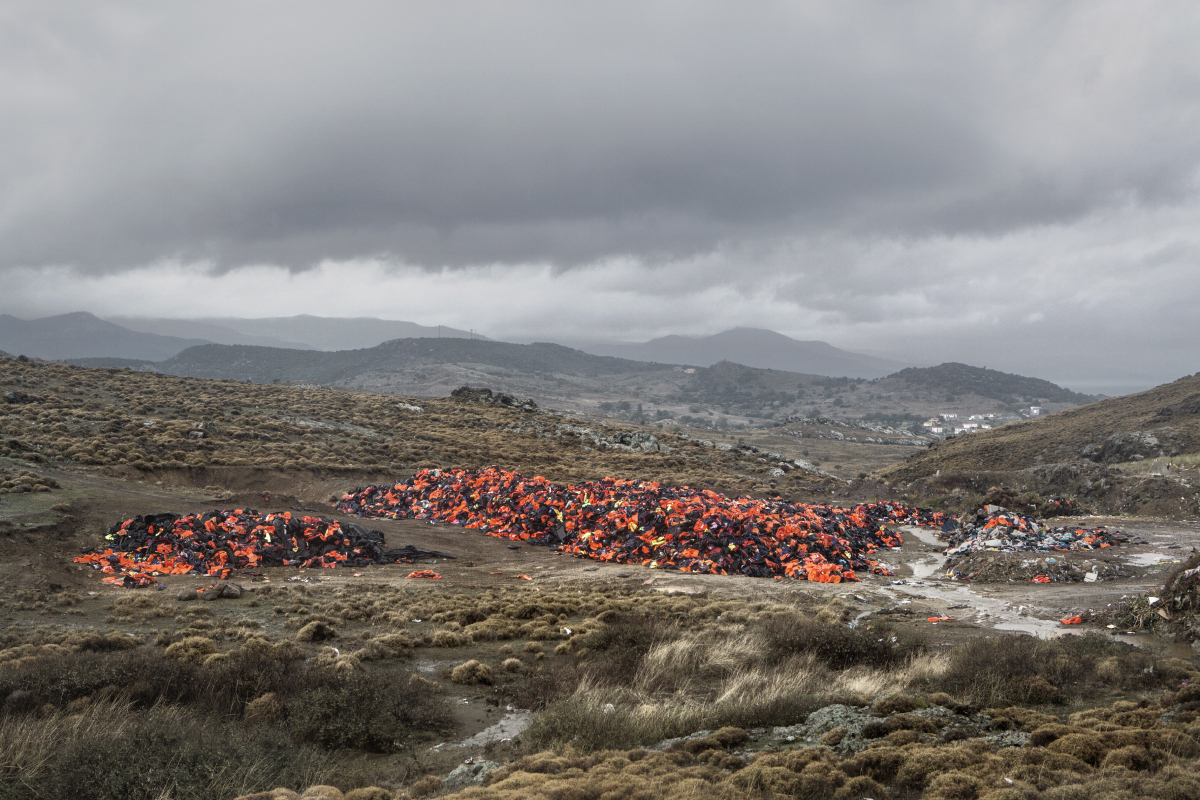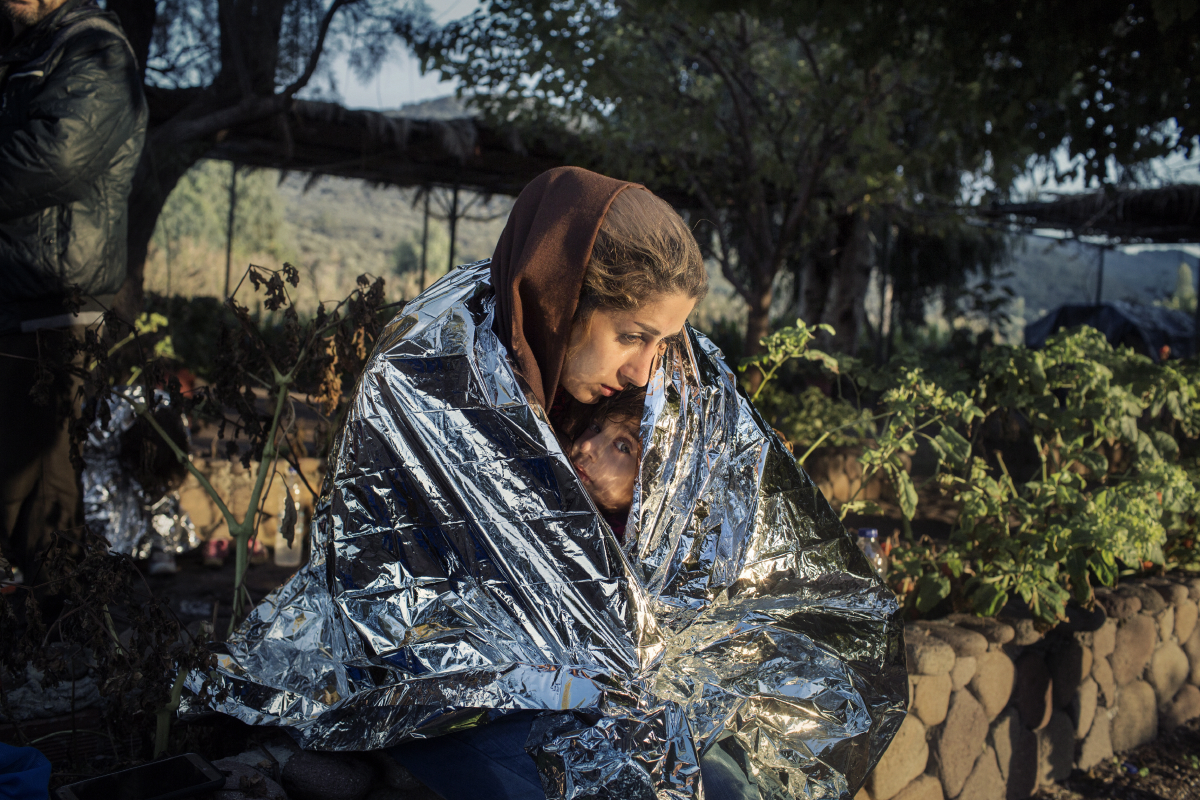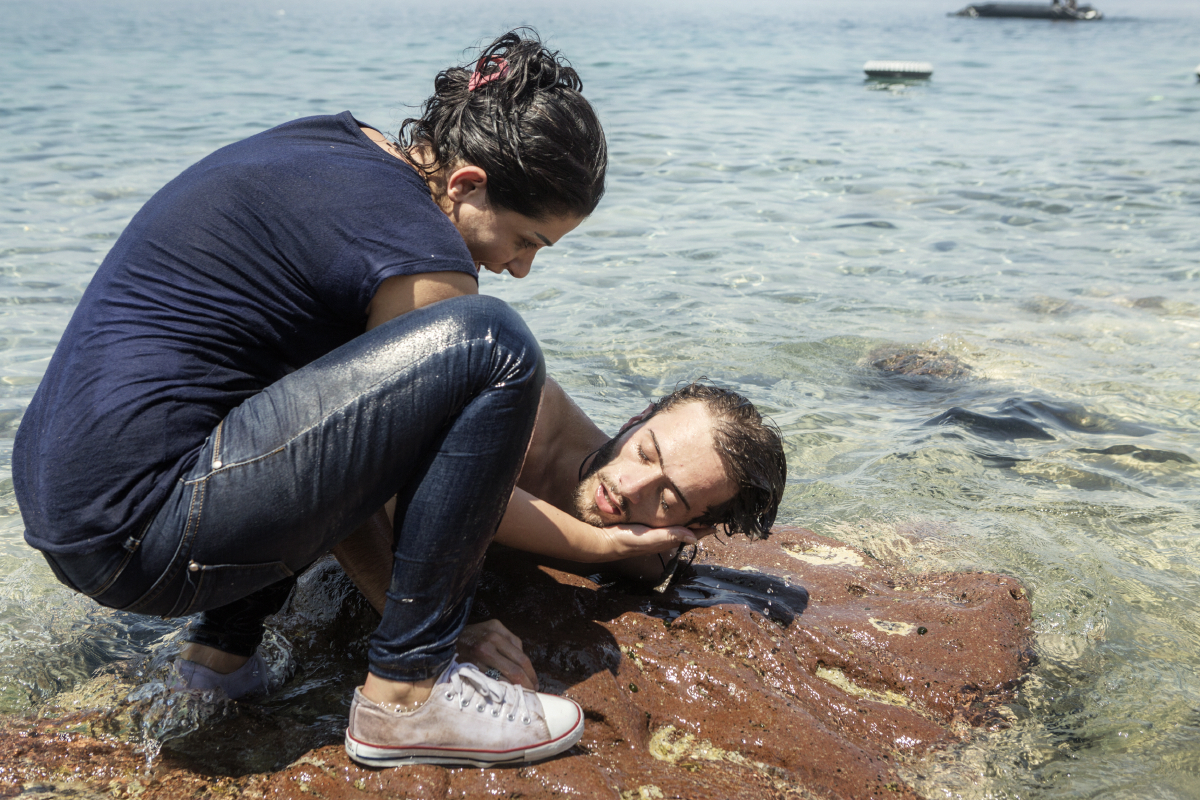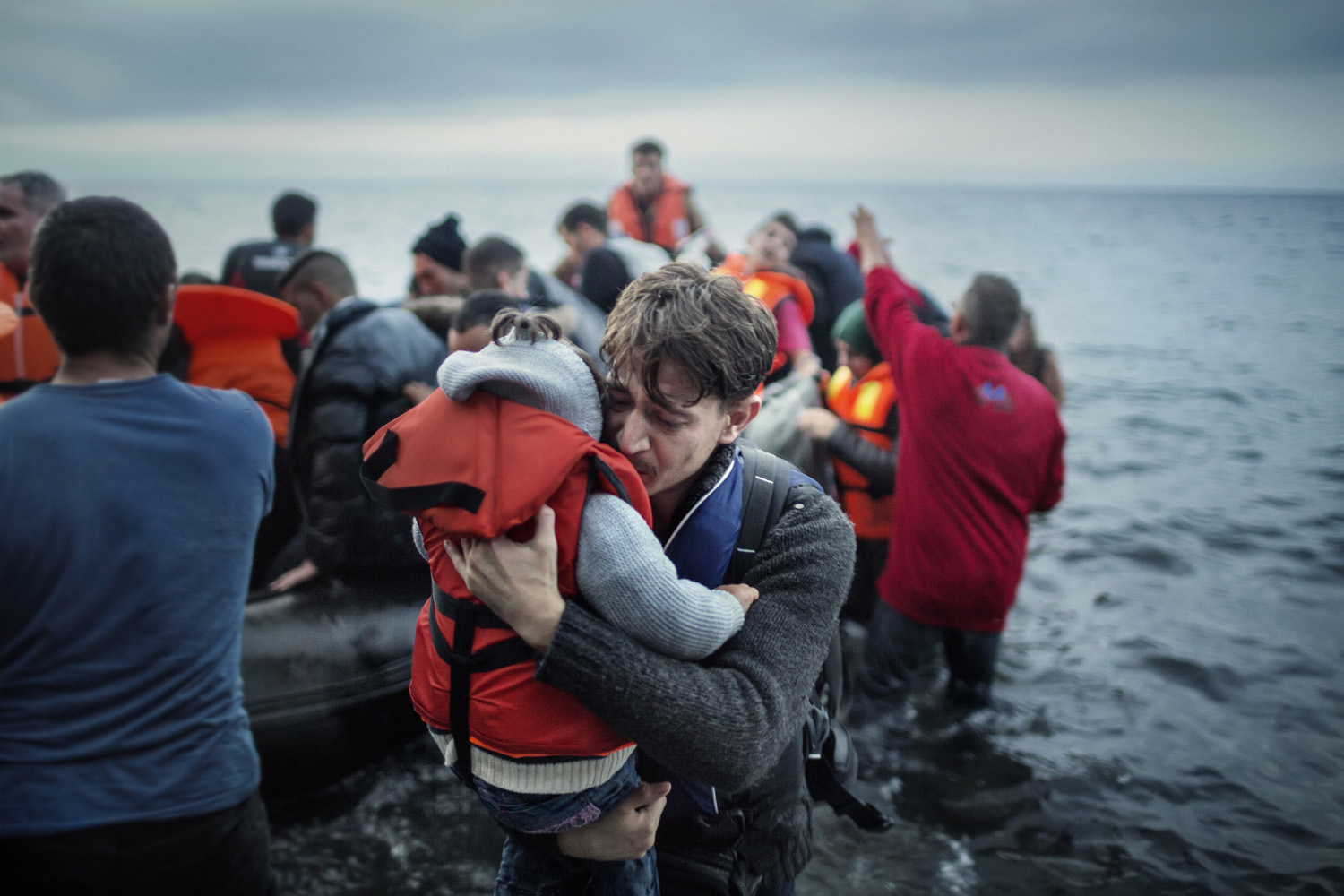PALAU (OT). Il fotografo Alessandro Penso, vincitore del World Press Photo 2014 nella categoria ‘General News’, sarà il protagonista della sezione fotografica del Festival internazionale Isole che Parlano, manifestazione che ha ospitato, tra gli altri, Mario Dondero, Cristina Garcia Rodero, Letizia Battaglia, Romano Cagnoni, Francesco Cito, Mattia Insolera. Nello spazio espositivo del centro di documentazione del territorio, verrà esposta la mostra fotografica “Lesvos“, reportage di 40 immagini che documenta il dramma dei rifugiati nell’avanposto greco.

Lesvos è un’isola fino a poco tempo fa a noi pressoché sconosciuta, arrivata alla ribalta della cronaca della vita europea per l’immane tragedia in cui è stata coinvolta. Secondo l’UNHCR, nel 2015 sono arrivati in Grecia via mare circa 850.000 rifugiati. Di questi compresi i bambini, circa 500.000 sono sbarcati sull’isola di Lesvos, avamposto a otto miglia nautiche dalla costa della Turchia.
Pur rappresentando il cuore nevralgico dei flussi migratori, Lesvos non è preparata a supportare una pressione antropica di questo tipo e non ha nulla da offrire ai rifugiati, principalmente siriani, afghani e iracheni, richiedenti asilo e ai migranti arrivati lì. Una volta raggiunte le spiagge d’Europa, i profughi proseguono il loro lungo viaggio attraverso l’interno montuoso dell’isola, odissea seguita da giorni e notti trascorse nei campi profughi affollati, dove mancano le condizioni di prima accoglienza.

Non è assicurato un posto in una tenda e vengono meno le condizioni di base per la ricezione come i servizi igienici e le docce. È in questi inadeguati e mal gestiti campi di accoglienza che i rifugiati devono aspettare per periodi relativamente lunghi, al fine di ottenere la registrazione necessaria per proseguire legalmente il loro viaggio attraverso la Grecia e continuare a credere nel miraggio della speranza offerto dalla fortezza Europa.
I migranti arrivati nella zona nord dell’isola, la parte maggiormente esposta alla migrazione, sono costretti a proseguire a piedi per 50 km, fino ad arrivare nell’area del porto della città, dove li attende una lunghissima fila per la richiesta dei documenti e dove la polizia decide se accettare o meno la richiesta di asilo.

A Syrian who swam to shore after the boat he was on began to leak off shore. His condition was critical, but fortunately, around an hour later, a local doctor came and managed to assist, saving his life.
According to UNHCR, approximately 850,000 refugees and migrants, including children, arrived in Greece by sea in 2015. Of these, just over 500,000 landed on the island of Lesbos. © Alessandro Penso
Alessandro Penso evidenzia le restrizioni che hanno limitato il suo lavoro di reporter nell’isola di Lesvos “la polizia mi faceva aspettare in macchina, mi allontanavano dalla spiaggia, pur trattandosi di aree pubbliche“. Dall’altro lato il fotografo denuncia che la polizia costiera distruggeva le barche che arrivavano ed ometteva il soccorso ai rifugiati, lasciandoli morire.
Il fotografo, vincitore del Magnum Foundation Emergency Found, segnala che uno dei principali problemi in Europa è il regolamento di Dublino ed evidenzia che, nel 2011, il 99,5% delle richieste di asilo sono state respinte dalla Grecia. Questo ha fatto sì che i rifugiati si siano trovati in più casi a interrompere il loro viaggio in una nuova forma di prigionia, ossia nei CIE: “La Grecia è l’unico paese che detiene i migranti nei centri per 24 giorni, una violazione del diritto europeo che prevede come tempo limite 18 mesi“. Con il governo di Tspiras si è registrata la chiusura di diversi centri e si è iniziato a permettere il transito dei profughi ma senza alcuna pianificazione.
Il fotografo evidenzia il ruolo negativo dei mass-media nella vicenda e li cita tra i principali responsabili della perdita di empatia ed umanità da parte dei cittadini. La paura, ancora una volta, si mostra come lo strumento più efficace per strumentalizzare, convincere la gente ed eliminare la capacità di pensare e riflettere sul dramma che stiamo vivendo.

A father hugs his young daughter as they land on the Greek island of Lesbos, after crossing the Aegean sea from the Turkish coast
He later said they were afraid during the trip because of the bad weather.According to UNHCR, approximately 850,000 refugees and migrants, including children, arrived in Greece by sea in 2015. Of these, just over 500,000 landed on Lesbos, a Greek island around eight nautical miles from the Turkish coast.
Although at the centre of migration flows, Lesbos had nothing to offer the mainly Syrian, Afghan and Iraqi refugees, asylum seekers and migrants who arrived there. Once they reached Europe’s beaches, they were welcomed with a long trek across the island’s mountainous interior, followed by days and nights spent in crowded refugee camps, where not even a place in a tent was guaranteed and where basic amenities such as toilets and showers were lacking. © Alessandro Penso
La mostra, organizzata in collaborazione tra l’associazione Sarditudine e Ogros Fotografi Associati, verrà inaugurata l’8 settembre alle 21.30 con un incontro con l’autore intitolato ‘Riflessioni sull’etica di un mestiere’ e sarà aperta fino al 30 settembre.




